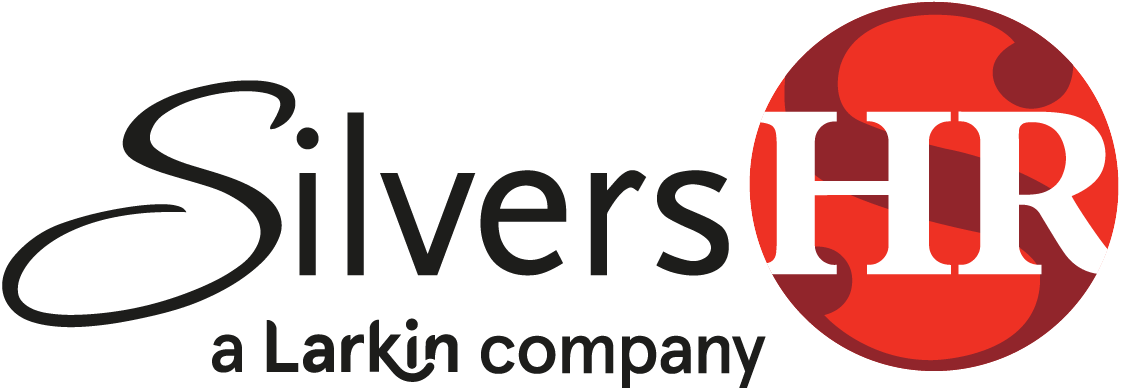By Richard Pinsker, CMC and FIMC
Pinsker and Company
If you agree with me that employees are your most valuable asset, then hiring great talent is one of your top priorities. Most companies have some sort of hiring process to acquire talent, but those that make the best hiring decisions usually follow a very strict hiring protocol to ensure nothing falls between the cracks.
There is an inherent risk in all employee selection as unknown factors may affect performance. Your hiring decision becomes more objective and predictable when both employee performance expectations and employee past performance are closely matched. Added to that is the need for a candidate to “fit” into your company culture. Your hiring process needs to consider all three measures. Performance expectations help define your hiring criteria, while the vetting process needs to uncover past performance and cultural fit. The most successful hiring decisions are a result of adhering to a clearly defined hiring protocol. The hiring protocol identifies the specific hiring decision-making steps and those responsible for their implementation.
Effective hiring protocols include but are not limited to the following steps.
- Identifying the hiring requirement in terms of performance expectations. Specific results that are expected from the person hired provide a set of hiring criteria and a justification for the recruitment expenditure in both time and money.
- Broadly sourcing and attracting candidates for consideration. This is not just an HR function, but should be an expectation of all employees, including management. It is a continuous effort to build a strong bench of candidates.
- Vetting candidates to determine whether past performance and capabilities will meet performance expectations and cultural fit. Interviewing, checking references, presenting problem-solving exercises, administering assessment tools, etc. . . . all add to the creditability of your vetting process.
- Approving and extending an offer of employment. The offer is usually presented verbally to the successful candidate with a written offer to follow. Suggest your “offer template” is reviewed by an attorney to ensure it states your intentions accurately.
- Orienting a new employee to your company. This would include the paperwork administration and appropriate introductions for early assimilation into the work place.
- Communicating with non-selected candidates. This is just good business practice, as they may become candidates for future positions, customers, or sources for new employees.
The effectiveness of a defined hiring protocol is predicated on adherence to the identified steps by all those involved. In particular, implementation and support by top management will ensure that all hiring managers will follow the hiring protocol.
A clearly defined hiring protocol, followed by all involved in the hiring process, will ensure you have done your best to make the most objective and predictable hiring decision.
